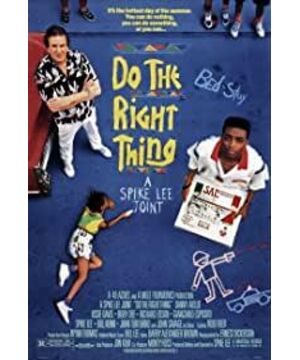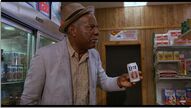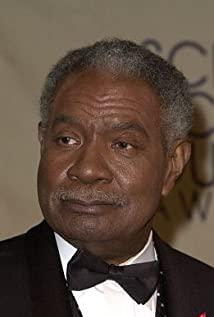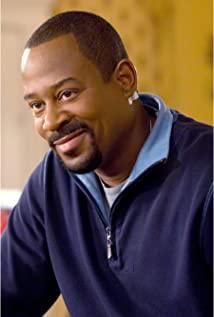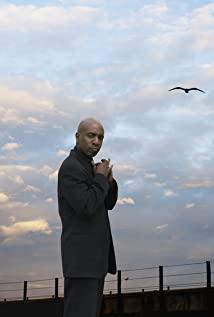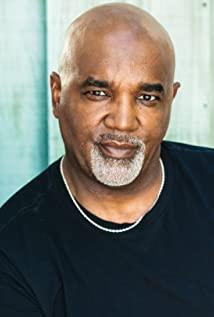Amazed by Spike Lee's keen insight and generalization.
It is really great that the black/racial issue can be clearly expressed in a short 120-minute film. The theme, script and style are all excellent, and the three complement each other and complement each other. Tells the story of a black neighborhood in New York, where most of the residents are black, and a small number of Hispanics, Asians and Italians, the main contradiction of the story focuses on the contradiction between the individual black and the Italian who owns the pizza restaurant, only The tragic end of the story is that one black man was not allowed to play a stereo in the store, and another black man was angry when he saw the pictures of Italian celebrities all over the pizza shop. The former was strangled by a white policeman during the riot. The absurd sparks of contradiction and absurd tragic endings—played out today—if we look at the surface, we can see the divide between different ethnic groups, the humanity of ordinary people as a mob when they are incited by violence—and Looking deeper, the tragedy ultimately comes down to the marginalization of the black group in the entire society and the entire historical development process. Although they live like other people in modern life, the shadows left by history and The resulting cultural psychology is probably deeply ingrained, so we can see that although the owner of the pizza shop is actually very objective and friendly, he will still be treated with a wary heart by his black neighbors, and finally he will be treated by his old days. of black customers attacked in droves. On the other hand, it is probably that the living conditions of blacks in modern society are still at a disadvantage compared to whites, whether in education, work or other aspects, which also leads to difficulties in communication between different races and people of the same race. The protagonist of the story is an ungrateful, sloppy black punk who is so lenient with the Italian owner of the pizza shop that he ends up being ungrateful to the owner when the pizza shop is in chaos, leading the chaos in the name of race. Is this his problem? Obviously not, the director's audio-visual style when dealing with the riot at the end did not show favoritism or blame any one person, which is a problem of the whole society.
The plot of the movie is accumulating energy step by step. In fact, before the big riot at the pizza shop at the end, there are no obvious plot twists or prominent contradictions. From the very beginning of the film, the audience just saw all the characters in the neighborhood appear, doing their own thing, although there will be some friction between different races. The eruption of racial riots at the pizzeria is the result of the previous verbal conflict (reflecting the conflict of inner concepts) between specific characters in this space, accumulated little by little. From the exchange of characters, the audience can see that among some people of different races, no one looks down on the other. Spike showed this very well, breaking the fourth wall in the middle of the film, allowing residents of different races to yell at the camera about cultural elements of other races, and the film also shows the language barrier between different races, which is also aggravating A factor in the psychological diaphragm.
The style and form of the film, from the clips of hip-hop music and dance clips back and forth between different filters, scenes and angles, we can see that the tonality of this film should be very black culture, very dynamic and tension, and at the same time. Very chaotic and unstable. And the style of the film is exactly that. Hot New York streets under saturated warm color filters, residents who appear restless and restless in high-angle close-ups and oblique-angle compositions, relatively dense edits and lots of shorter shots, bright, saturated tones of people’s clothing and spaces (three The meaningful red wall behind the middle-aged and elderly black gossip) highlights this. In addition, there is the soundtrack of the film, and three completely black music genres have appeared throughout the film - hip-hop, reggae and jazz. As a result, the film's audiovisual style fully captures the restless, enthusiastic, restless space of black living in a city.
In fact, the most interesting setting in the movie is the racial identity of the pizza shop owner's family. In fact, they are not completely white, just like the black customers in the movie said to them - "You are dark Italians". They were dark-skinned Italians, they weren't white, and at the time that identity didn't necessarily go any better on the "chain of racism", and in the end, they became the target of sharp racial hatred , instead of the white police became a scapegoat - the director's point of view has been completely expressed here.
At the end of the film, after the pizzeria is set on fire by the rabble, the camera gives a close-up of a photo of Malcolm X and Martin Luther King, which is engulfed in flames - the director may be commenting: For their past deafening speeches, people How much can you understand and practice? Or maybe he is asking the audience: How much can we understand and practice?
View more about Do the Right Thing reviews


